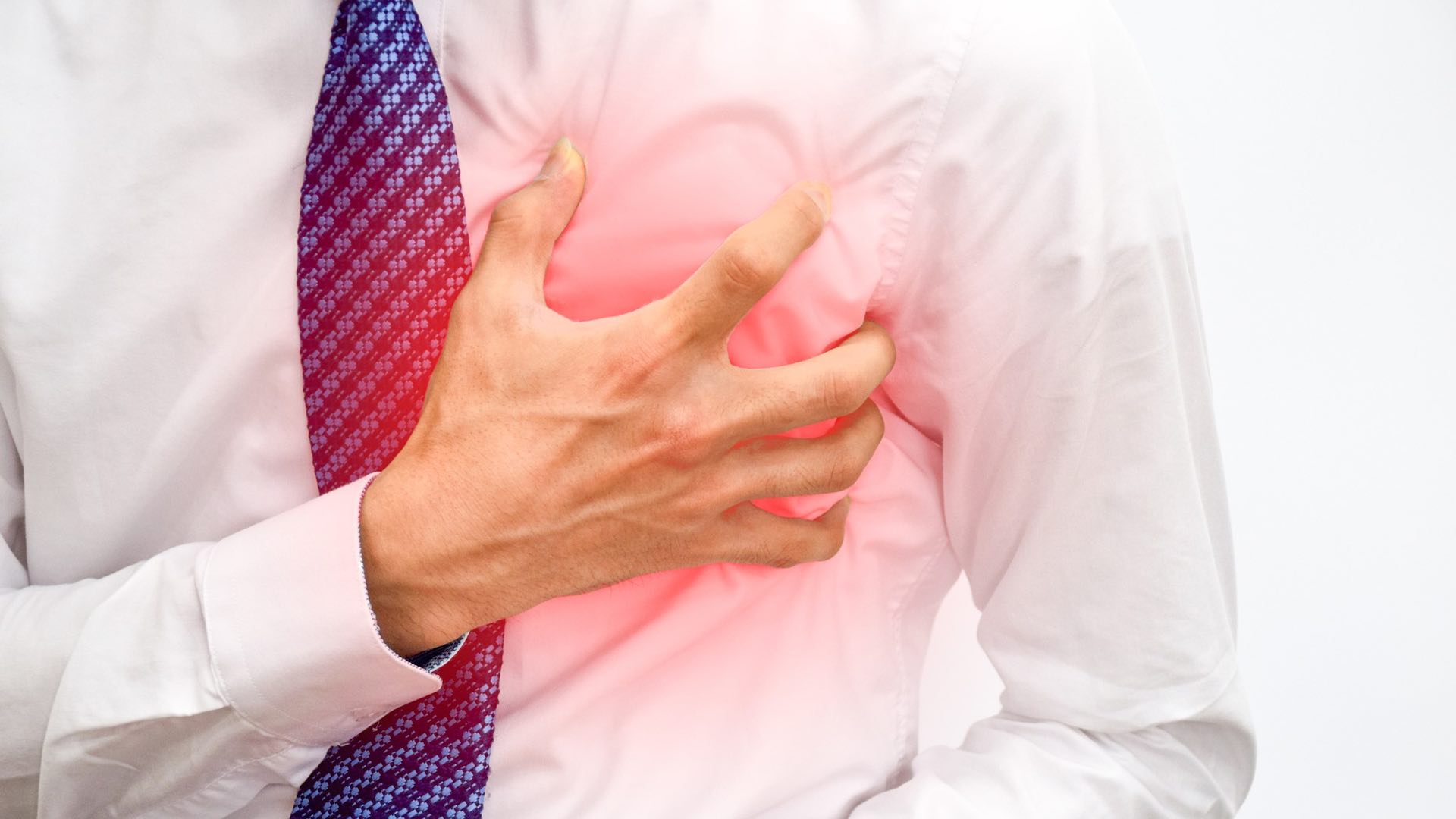The typical image of a heart attack – an individual clutching their chest in distress – fails to encapsulate the complexity of this critical event. Often, heart attacks bring subtler signs, a fact that is worryingly unknown to many, leading to delayed detection and treatment. In the United States, heart disease reigns as the leading cause of death for both men and women, according to the Centers for Disease Control and Prevention (CDC). Knowing the diverse range of symptoms is crucial to catching this silent killer early.

Leading cardiologists, in a recent interview with Parade, divulge the most overlooked early heart attack symptom and several others that we should keep an eye on. Dr. Estelle Jean, a cardiologist at MedStar Montgomery Medical Center, reveals that shortness of breath is the most frequently missed heart attack symptom. The issue, she explains, is that this symptom often manifests without the expected chest pain, making it easy to dismiss or attribute to less severe health issues. “Shortness of breath can be an early warning of a heart attack, even in the absence of chest discomfort,” she advises.
Dr. Max Brock, a cardiologist at Cook, concurs, further explaining that the medical term for this condition is ‘dyspnea’. “It can have various causes, but it may be the sole heart attack sign for some patients,” he adds. According to Dr. Brock, chest pressure, even without accompanying pain, should not be taken lightly. While chest discomfort remains the most commonly recognized heart attack symptom, individuals tend to associate it solely with left-sided chest pain. He warns, “Chest pressure, a sensation of chest crushing or tightness, and upper abdominal pain can all hint at a heart attack. Don’t ignore these signs waiting for left-sided chest pain!”
In addition to these, Dr. Jean lists several other potential heart attack symptoms, including pain in the shoulder, arm, neck, jaw, back, and stomach. Further, individuals may experience nausea, vomiting, heartburn, dizziness, sweating, palpitations, and unusual fatigue during a heart attack. Taking preventive measures against heart attacks can’t be overemphasized. “Understanding heart attack signs and promptly acting upon them can be life-saving. Immediate and timely care significantly improves the chances of surviving a heart attack,” Dr. Jean says.
She goes on to reveal that up to 80% of heart attacks can be prevented by adopting a healthy lifestyle. She recommends maintaining a healthy weight, engaging in physical activity, following a balanced diet, refraining from smoking, limiting alcohol consumption, and managing stress. Regular health check-ups to monitor blood pressure, cholesterol, and blood sugar levels can also help assess one’s risk of heart disease.
Dr. Brock stresses the importance of physical activity, “Regular moderate exercise is vital for heart health and overall well-being. It doesn’t have to involve strenuous activities, a level of exertion where you break a sweat by the end is enough,” he explains. Though heart disease can be intimidating, recognizing early signs, adopting preventive measures, and timely medical care can significantly reduce risk and improve outcomes.
